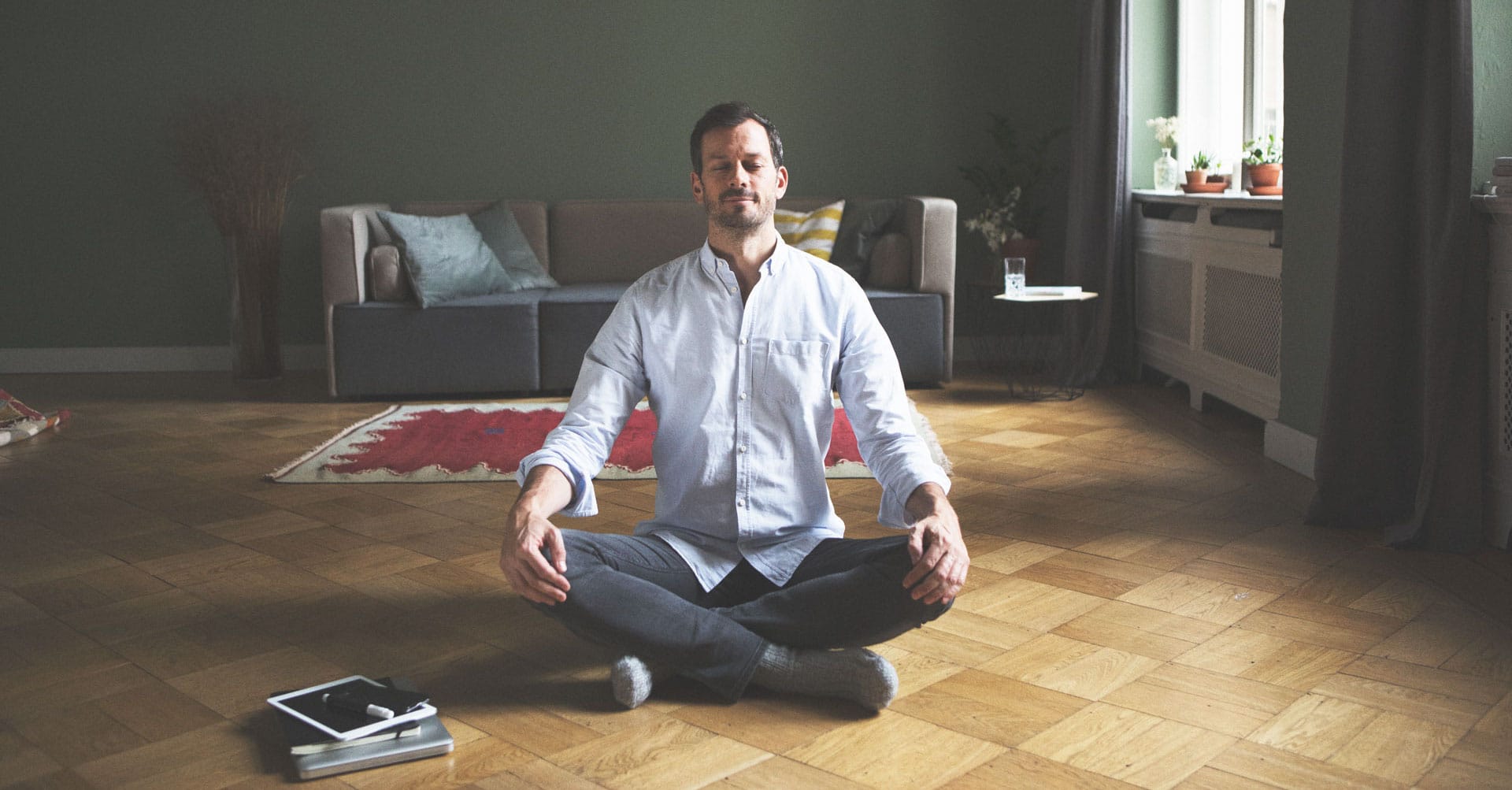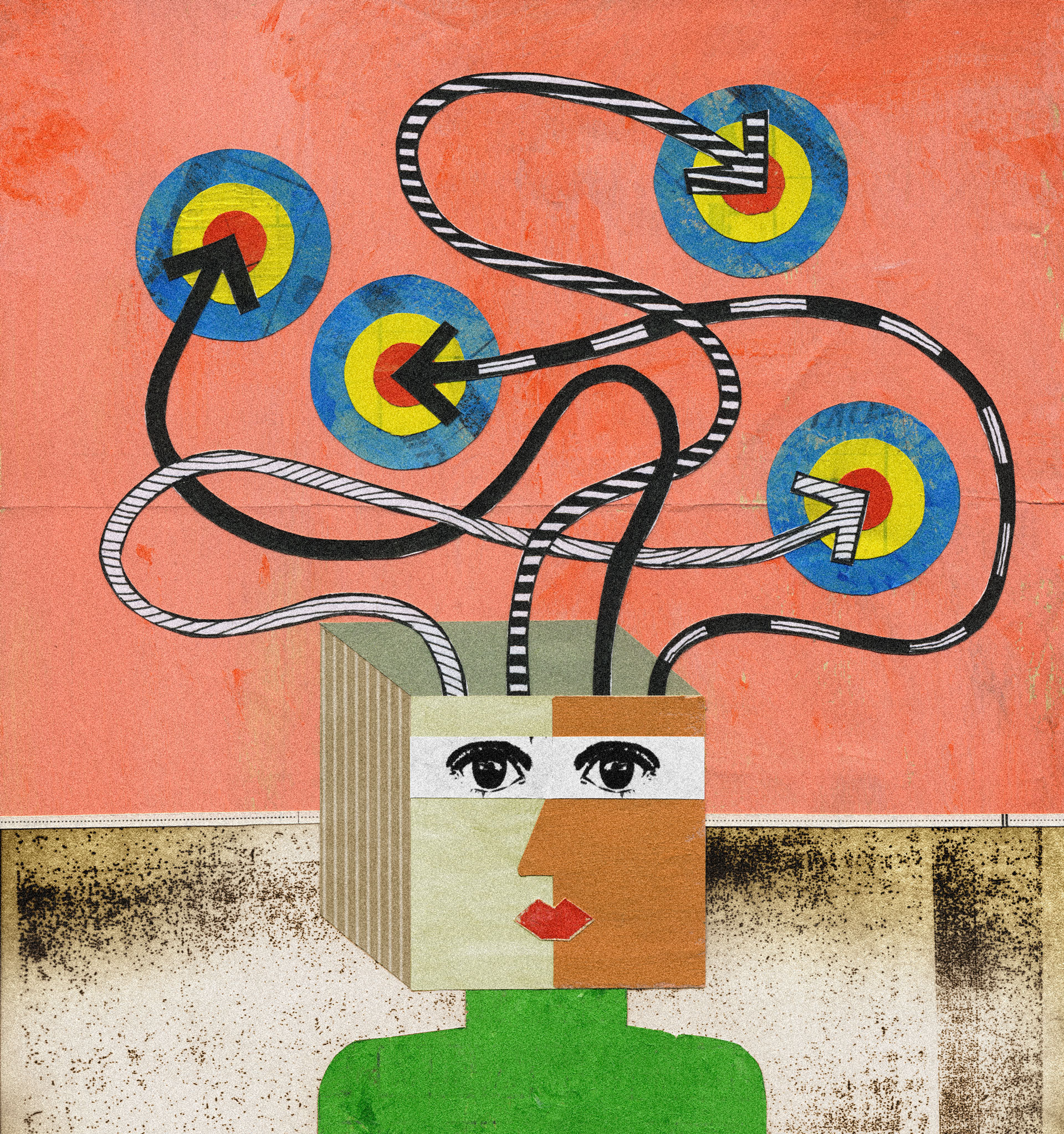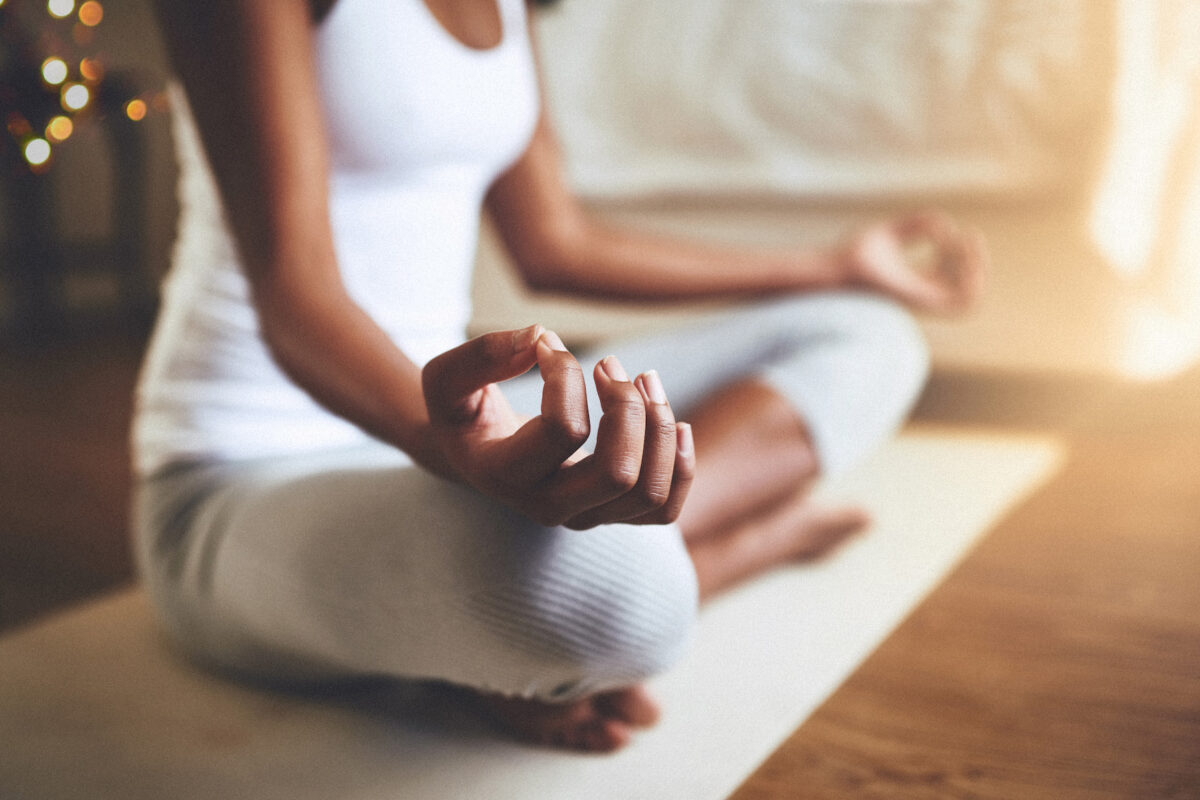How to Access the Productivity-Boosting Benefits of Mindfulness
In corporate training, I use meditation to help teams to be mindful or present. It can really transform the workplace.
Not only does it improve productivity and efficiency, but studies show that companies who have implemented meditation training and encouraged employees to take time out for meditation each day have happier and better-rounded employees. This is because meditation teaches us to be mindful rather than mindless in our actions.
Have you ever driven for an hour on the highway, but had hardly any memory of it? That's mindlessness. Mindlessness happens, for example, when I forget someone's name right after we're introduced, or those times when I walk into the kitchen but can't remember what I went there for in the first place.
These are times when I'm preoccupied, unaware of what I'm thinking, feeling, or doing, and reacting as if I'm on autopilot. Mindlessness is not a problem if the movie that's playing in our heads is sweet and enjoyable, but sometimes it's scary and we'd like nothing better than to get up and leave the theater.
Get mindful
On the other hand, mindfulness has a quality of being in the now, a sense of freedom, of perspective, of being connected, not judging, of flowing through the day. When I'm practicing meditation daily, and I'm acting mindfully, I'm less likely to want life to be other than it is, at least for the moment, and I can be more intentional in my actions.
Some people seem to be more mindful than others, but no matter where our starting point is, each of us can increase mindfulness through daily practice. And no, you don't need to be a monk or a poet to benefit from mindfulness training.
You don't even need to be calm to be mindful. You just need to make a personal commitment to be aware. Any awareness in present time can be a moment of mindfulness and a relief from our usual tension-producing mental machinations.
Here's a peek at a 15-minute guided meditation on the mindfulness of breathing:
1. Find a quiet, comfortable place to sit
Sit in a way that is comfortable and that allows you to remain in one position for the whole exercise. When I meditate, I try to keep my back straight and gently supported, with my shoulder blades slightly dropped and my chin gently tucked toward my chest.

2. Breathe deeply
Take three, slow, easy, deep breaths to relax and let go of whatever burdens you're carrying around. Then let your eyelids gently close, or partially close, whichever makes you feel more comfortable.
3. Form an image of yourself sitting down
Note your posture on the chair as if you were seeing yourself from the outside. Let your body and mind be just as they are.
4. Now bring your attention to your breathing
Pay attention to where you notice your breathing most strongly. Some people feel it at the nostrils, perhaps as a cool breeze on the upper lip. Other people can feel the chest rising and falling. Still, others feel the breath most clearly in the abdomen, as the belly expands with every in-breath and contracts with every out-breath.
Gently explore your body and discover where your breathing is easiest to notice. Now discover when you feel your breath more strongly-when you exhale or when you inhale. If they're about equal, choose one. (For me this is usually on my exhale and through my nostrils.)
5. Pay attention to the feeling of each exhalation
Feel the air coming out of your nostrils each time you exhale. Then take a little vacation as your body inhales. Let your entire experience just be as you wait. Then feel your breath as your body exhales again. Let your body breathe you-it does that automatically anyway. Simply pay attention to the sensation of the air in your nose each time you exhale, one breath after another.
Your mind will wander away from the sensation of the breath many times every minute. Don't worry about how often your mind wanders. Gently return to the feeling of your exhale at the nostrils when you notice that your mind has wandered. You can use a watch to keep track of time. Sneak a peek at your watch, and when you have a few minutes left, loosen your focus on the nostrils and allow yourself to feel your whole upper body move with each breath.
6. Don't bother thinking too much about it
Just feel your body, alive and moving, as you breathe. After 15 minutes, gently open your eyes, looking downward. Savor the stillness of the moment before moving on.
The mind is busy. It's very difficult to find the breath amid the clamor of competing thoughts and feelings. No sooner do we focus fully on one out-breath than the mind is off and running on a new train of thought. Perhaps you thought, “Oh, that's a nice breath,” and as you inhaled you were already thinking of another sensation in the body, or what you were going to do later in the day.

When the object of attention is repetitive and neutral, rather than novel and compelling, the brain quickly starts sorting through other business. Mindfulness of the breath cultivates focus on a single object, but don't expect your attention to remain unwaveringly with the breath. That's not how the brain operates. Just return your attention again and again to the breath when you notice your mind has wandered. Nothing more.
It's like the old adage, “If you fall down six times, get up seven.” When people say, “I can't meditate,” they're usually referring to the erroneous assumption that they should be concentrating better.
Distractions are a part of meditation. Each moment of recognizing distraction should actually be welcomed rather than used as an occasion for self-criticism because it shows that you've just “woken up” from daydreaming.
The bigger picture
The reason many businesses are investing in teaching their employees about this is that the regular practice of meditation has been proven to recharge the mind, reduce stress, improve mood, increase memory and concentration, improve creativity, and help better manage challenging situations.
What's more, the effects of meditation extend well beyond the moment of practice into the way we interact with others and manage stress on a day-to-day basis. These benefits add to your own well being, of course, and also to your team's productive punching power.
Disclosure of Material Connection: Some of the links in the post above are “affiliate links.” This means if you click on the link and purchase the item, we will receive an affiliate commission. Regardless, we only recommend products or services we use and believe will add value to our readers. We are disclosing this in accordance with the Federal Trade Commission’s 16 CFR, Part 255: “Guides Concerning the Use of Endorsements and Testimonials in Advertising.









